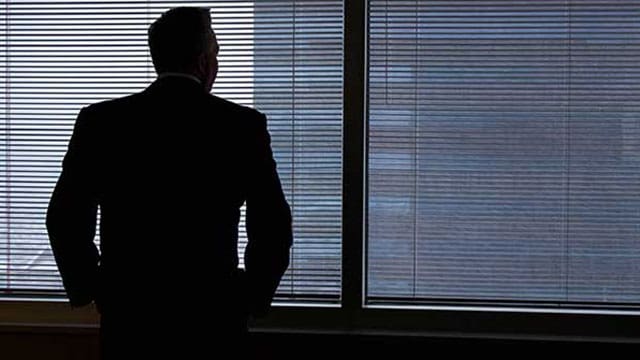Often, the hardest thing for business owners to do in this situation is to decide to move on
 My dog died last week – but the truth was that she had been dying for several months.
My dog died last week – but the truth was that she had been dying for several months.
Last winter, she had a couple of seizures in my driveway, and I considered having her put down. But after a couple of weeks, she revived and had a great spring and summer.
In the last month, she definitely started slowing down. She wasn’t in pain but couldn’t walk far.
I knew the end was coming soon and there was nothing I could do about it. And then, one day, her life quietly slipped from her body.
I had a Zoom meeting with a business owner in a different community a few weeks ago. He told me about his company, and we went over his financials. He faced some uncontrollable hardships due to changes in his industry. It became apparent to me that his 10-year-old company had been in decline for quite a while, and he would have to make some drastic changes to keep it from dying.
 |
There have been few times in history when so many business models have come under severe pressure so fast as in recent years. Technology combined with aging demographics, regulatory changes and even global warming have put significant burdens on businesses. As a result, many businesses are dying slowly, and many owners, unaware of the seriousness of the situation, fail to respond until it’s too late.
My book Profit Yourself Healthy outlines the seven areas business owners must focus on to increase profitability. However, when faced with pressure on their business model, most leaders simply focus on reducing their expenses, which is a good start because we do grow fat in good times. Regrettably, the main focus often remains confined to this area, neglecting the other six areas that hold the potential to drive business transformation.
When our businesses are dying, we often turn a blind eye to the situation, hoping it will resolve itself. Engrossed in our daily tasks and taking care of our customers, we convince ourselves that matters will resolve themselves and tough times will pass.
As leaders, we recognize the signs and smell of the rot, hoping others remain unaware. But our staff feels the pressure, sees the signals, and quietly starts looking for other jobs. Our customers start noticing that we’ve cut our services, neglected to fix things and seem desperate for their cash.
So what do we do if our business is on a downward slide?
There’s no easy answer: each business situation is truly different. I’ve turned my own businesses around and helped others do the same. I sold a business that was starting to slide. I’ve coached business owners to close their businesses when it was too late. None of these solutions are easy.
Often, the hardest thing for business owners to do in this situation is to decide to move on. We often become indecisive because of the risks and pressures we face as leaders. We feel we have nowhere to turn, and all eyes are on us. We mistakenly think that the failure or success of our business is our personal failure or success. We feel shame that we’re at the helm of this business, and it might be dying under our leadership. It’s a tough, tough place to be. I get it!
My new client may just be able to transform his company into something new.
Healing and dying are two powerful experiences in both life and business. While they can inflict considerable pain, they also offer profound liberation. Whether reviving a business or shuttering it, both actions can be the beginning of something new rather than the end.
Dave Fuller is a Commercial and Business Realtor, an award-winning business coach, and business author.
For interview requests, click here.
The opinions expressed by our columnists and contributors are theirs alone and do not inherently or expressly reflect the views of our publication.
© Troy Media
Troy Media is an editorial content provider to media outlets and its own hosted community news outlets across Canada.


